Menu
Account
Settings
Currency
USD - US Dollar
In 2020, the U. S. mining industry saw fatal accidents claim the lives of 29 workers, according to the U.S. Department of Labor. Vehicle-related incidents cause a large portion of these accidents year after year and highlight the need for proper mining safety equipment, such as wheel chocks.
Wheel chocks are a wedge of sturdy material, such as polyurethane or rubber, placed against a vehicle’s wheels to prevent accidental movement. Wheel chocks are especially important in mining environments with haulers, milling machines and conveyors constantly operating in different directions, putting workers at risk daily.
The Importance of Understanding Wheel Chock ProceduresWheel chocks are effective safety devices when used properly. However, wheel chocking procedures are not always as straightforward as they may seem. There are several key aspects to proper chocking that may not be obvious to every user. To ensure maximum safety for both workers and equipment, it is the responsibility of the end user to make the final determination about proper chocking of a vehicle under the circumstances presented. You cannot simply test a pair of wheel chocks with a specific vehicle on a specified grade and broadly assume that the wheel chocks will hold the same truck every time.
You cannot simply test a pair of wheel chocks with a specific vehicle on a specified grade and broadly assume that the wheel chocks will hold the same truck every time.
Countless variables exist and must be considered when selecting the most appropriate wheel chock for each application. Thorough testing must be completed at each location to ensure that specific wheel chocks will meet their specific chocking requirements. In addition, wheel chocks require regular visual inspection for cracking, chipping or other deterioration signaling the need for replacement; however, they should require little or no maintenance.
Here are the combinations of conditions must be considered for safe, proper chocking procedures:

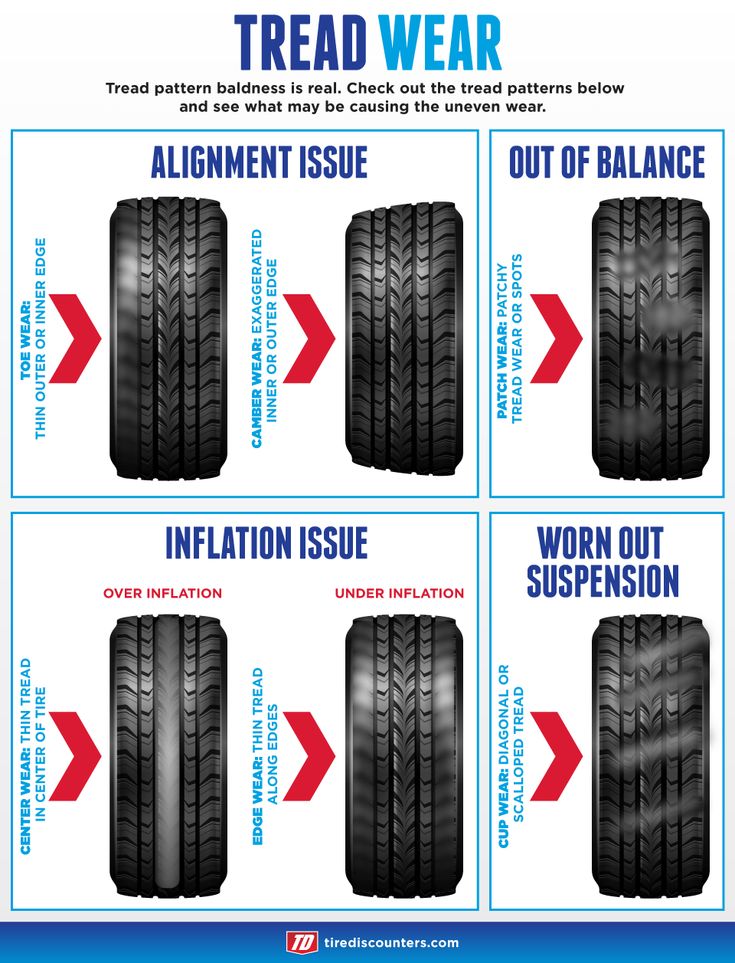
The second key to proper chocking is the actual positioning of the chocks themselves. When chocking a vehicle, always follow these simple rules to ensure maximum efficiency and safety.
In addition to the following proper chocking procedures, it is important to consider the material of the chock. For more information on different chock materials, click here.
The MC series is ideal for heavy-duty equipment, including haul trucks, loaders and cranes.
Checkers Safety AT series is for trucks and utility vehicles, ideal for underground mining, firefighting vehicles and other large utility vehicles.
Made of highly durable urethane, the UC series is best for general utility vehicles and offers a high load capacity.
Our rubber RC series is economical, durable and perfect for truck trailers, ATVs and other recreational vehicles.
We offer both urethane and rubber versions of our aviation chocks. The AC urethane chocks are ideal for any sized aircraft, while the RC rubber chocks are best for smaller loads.
Checkers Safety offers a wide range of wheel chocks that comply with the safety requirements of a variety of industries and ensure a safe working environment while your vehicles are at rest.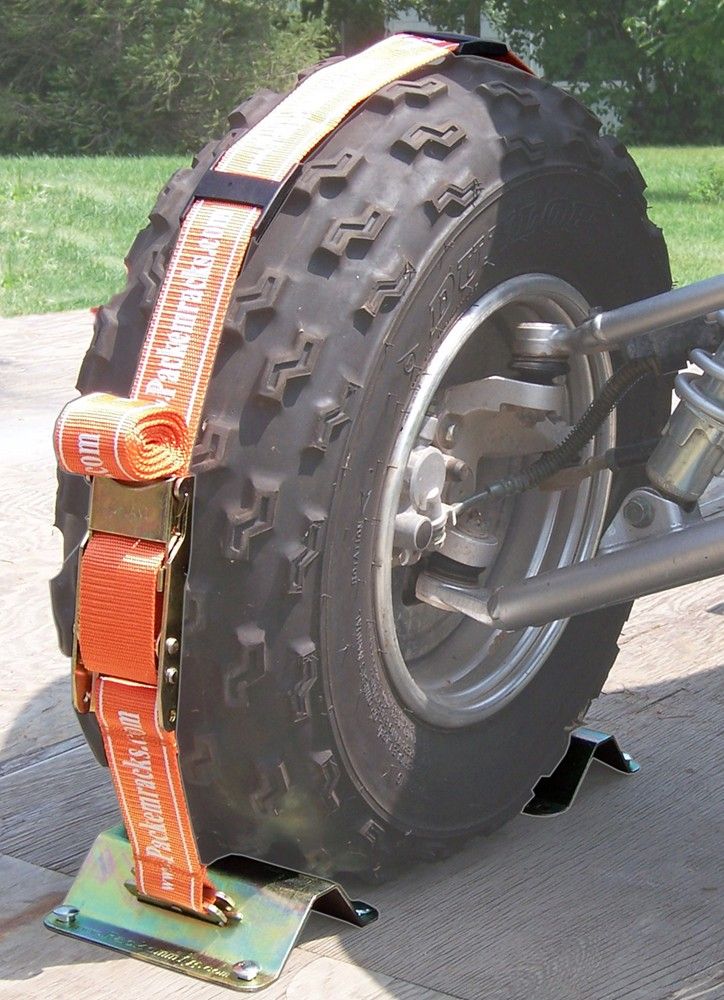 Offered in a variety of styles, our wheel chocks provide a safe chocking solution for any type of vehicle.
Offered in a variety of styles, our wheel chocks provide a safe chocking solution for any type of vehicle.
To view our full line of high-quality chocking solutions, click here.
Share:
Posted in Product Education and Workplace Safety
Related Posts
Recent posts
Contact Us

You must apply to our finance department. Steps toward completion:
NOTE: All purchases prior to email notification from the finance team will be taxed. Creating an account or filling out the tax exempt form does not grant immediate tax exempt status.
A wheel chock used to prevent the wheels from unintentionally moving.
Wheel chocks work best for safety and accident prevention. Chocking, also known as blocking, prevents trucks and trailers from unintentionally moving, like rolling or overturning, while workers are loading, unloading, hitching, unhitching or servicing the vehicle. Unintentional movement is a scary and dangerous situation. It can cause injury and in some cases death.
Chocking, also known as blocking, prevents trucks and trailers from unintentionally moving, like rolling or overturning, while workers are loading, unloading, hitching, unhitching or servicing the vehicle. Unintentional movement is a scary and dangerous situation. It can cause injury and in some cases death.
Make sure you invest in chocks specifically designed for the type of vehicle you are driving. It's especially important to pay attention to size. Never use a make-shift chock. That includes lumber, bricks, rocks or any other creative contraption you come up with on the fly. Use only proper chocks manufactured and regulated to do the job right. Make sure to keep sets of chocks in the truck or trailer, you cannot rely on the docks to always have them. That being said, it is best practice for the docks to have wheel chocks, and for that matter chocks that are chained to the dock to prevent theft or loss.
Upon arrival, set the brakes and activate the locking mechanism included on the dock. You’ll need to park as firmly and as closely to the dock as possible. Engage the chocks on both the left and right wheels that are closest to the loading dock. Be extremely mindful when you know a forklift will be driving in and out of the trailer from the edge of the dock. When the wheels are not chocked, or blocked, the trailer can become dislodged creating a space between the dock and the trailer. Forklift operators can get caught in that space or fall into the gap that is created. Do not drive a forklift into a trailer until you are sure the wheels are properly and safely chocked.
You’ll need to park as firmly and as closely to the dock as possible. Engage the chocks on both the left and right wheels that are closest to the loading dock. Be extremely mindful when you know a forklift will be driving in and out of the trailer from the edge of the dock. When the wheels are not chocked, or blocked, the trailer can become dislodged creating a space between the dock and the trailer. Forklift operators can get caught in that space or fall into the gap that is created. Do not drive a forklift into a trailer until you are sure the wheels are properly and safely chocked.
Chock both the left and right rear axle wheels. It is best practice to chock both the front and back wheels on both sides of the vehicle. Sometimes it’s even better to chock the front and back of each tire.
Chocks are an inexpensive way to ensure the safety of those working in and around the truck and trailer.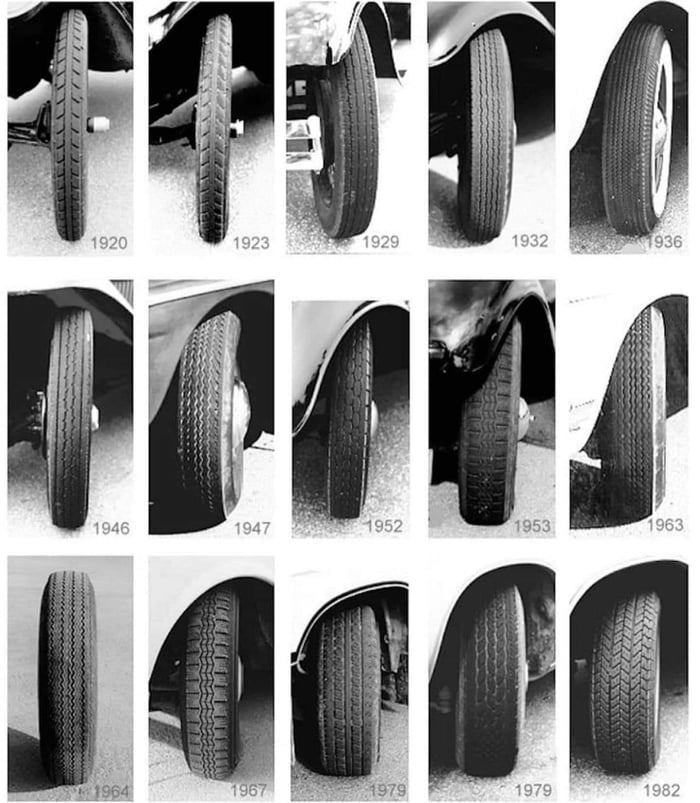 US Cargo Control offers both pyramid and wedge styles in single of two pack quantities, some are also available in a bright orange color. Bulk quantity discounts can be made upon request.
US Cargo Control offers both pyramid and wedge styles in single of two pack quantities, some are also available in a bright orange color. Bulk quantity discounts can be made upon request.
About US Cargo Control
Founded in 2005, US Cargo Control is a trusted leader in the cargo control industry, specializing in professional rigging and lifting equipment, trucking and transportation tie downs, and moving supplies. With a superior online shopping experience, industry-experts available via phone, and a central Midwest location, USCC is dedicated to getting you what you want, when you need it. For more information, visit www.uscargocontrol.com
Twice a year, all motorists are faced with the procedure for changing shoes for their "iron horse".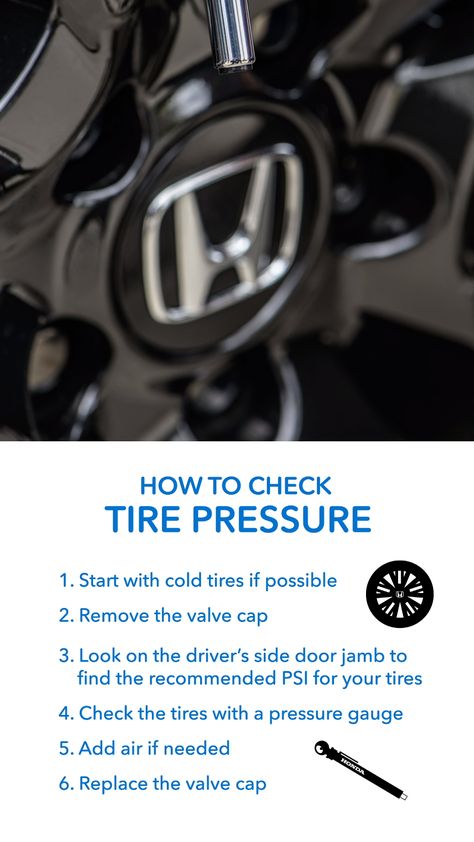 Everyone who drives is familiar with the feeling when in the spring a car, shod in summer wheels, gives joy and seems to take off those extra pounds. But at the same moment the question arises - where to put winter tires before winter.
Everyone who drives is familiar with the feeling when in the spring a car, shod in summer wheels, gives joy and seems to take off those extra pounds. But at the same moment the question arises - where to put winter tires before winter.
In recent years, many have already left an unnecessary set in special tire hotels. This is the best option for you and for car shoes. You leave the wheels, and specialists store and care for them until the moment when, after about six months, they are not needed again. nine0003
But many people store rubber on their own. And for them, the tips in this article are given.
It is better to store tires on rims. In this case, dust and moisture do not get on the inside of the tire.
It is better to store tires on rims. In this case, dust and moisture do not get on the inside of the tire. And also rubber does not experience mechanical damage 2 times a year when mounted on a disk and vice versa. Actually, this is also not good for the rim itself. But if you do not have two sets of disks, then you can store rubber without disks, though you will have to take into account certain features. nine0003
Actually, this is also not good for the rim itself. But if you do not have two sets of disks, then you can store rubber without disks, though you will have to take into account certain features. nine0003
The correct position for storing tires without rims is standing in a row. And it is better to rotate them once a month to prevent deformation. The wheels are assembled, that is, they must be stored on disks, folded in a pile or in a suspended state. When suspended, it is also recommended to turn the wheels. But standing assembled wheels can not be stored - this threatens their deformation and imbalance.
Until the moment you fold or put the rubber, it needs to be prepared for storage. Tires should be washed, preferably removing all the pebbles and gravel that usually clog into the tread, and dry thoroughly. After that, make notes so as not to forget where this or that wheel stood. Sign the tires, for example, front left (RL) or rear right (RR), these marks will be useful to you next season. If the wear is even, then it will be possible to put the wheels in their places or rearrange them crosswise if the wear is uneven. Before packing the wheels in bags or special cases, it is desirable to treat them with special preservation agents, they prevent rubber from aging and the harmful effects of ultraviolet radiation. nine0003
If the wear is even, then it will be possible to put the wheels in their places or rearrange them crosswise if the wear is uneven. Before packing the wheels in bags or special cases, it is desirable to treat them with special preservation agents, they prevent rubber from aging and the harmful effects of ultraviolet radiation. nine0003
So, you have prepared the tires for storage, and the most important thing remains - to choose a place. Balcony, garage, basement - there are many options, but you need to store tires where favorable conditions are created for this. Automobile rubber is certainly not food, but still - it can be spoiled by improper storage.
1. Tires must not be stored outdoors. The sun's rays, dust, sudden changes in temperature will very quickly lead to the appearance of microcracks on the rubber surface. Therefore, for storage, you need to choose a cool, dark and dry place with an optimal temperature of 15-20 degrees Celsius. The distance to the nearest heating device must be more than a meter.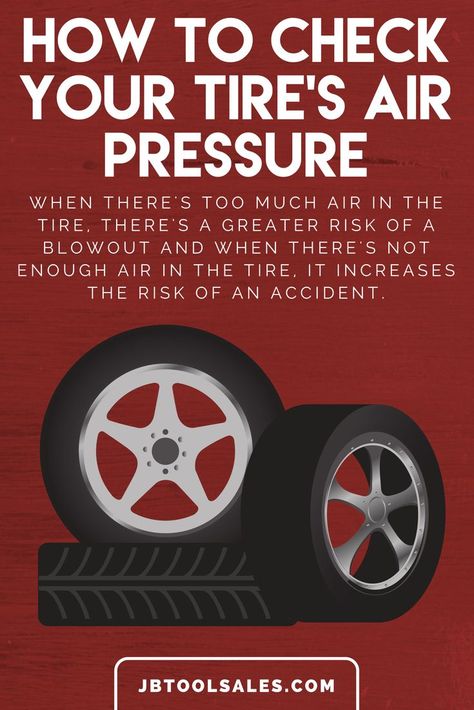 nine0003
nine0003
2. Do not store tires near chemically active substances - gasoline, diesel fuel, oils and other chemicals significantly reduce the life of car wheels.
In principle, following the above rules will save the rubber and extend its shelf life. But still, the best option is to resort to the help of specialized tire hotels. Then you don't have to think about ways and methods to save tires, and most importantly, you don't need to clog the trunk and interior of the car with rubber in order to deliver it to the storage place. Tire hotels have only one minus - this option is paid. But it is cheaper than buying a new set of car tires. The choice is yours, but in any case, try to store the rubber correctly - its condition directly affects the safety and driving comfort. nine0003
More and more often the average customer is opting for tires with advanced run flat functionality. And if a few years ago tires with this technology were a curiosity and the client, faced with such a feature, became stunned, at the moment most motorists know about the features of Run-Flett tires.
Run Flat is a technology patented by most manufacturers, which is based on the maximum possible (so as not to sacrifice comfort) strengthening and sealing of the wheel sidewall. This design allows in the event of a puncture wheel maintain an acceptable pressure in it, as a result of which the tire can be used for some time. Most often, the mileage of using the Run Flat tire varies between 70-100 km. The speed limit will also have to be limited to 80 km/h.
Each manufacturer has its own marking of such rubber, here are the most popular:
When buying a Run Flat tire, drivers' habits, driving style, features of their vehicles and specific preferences should be taken into account.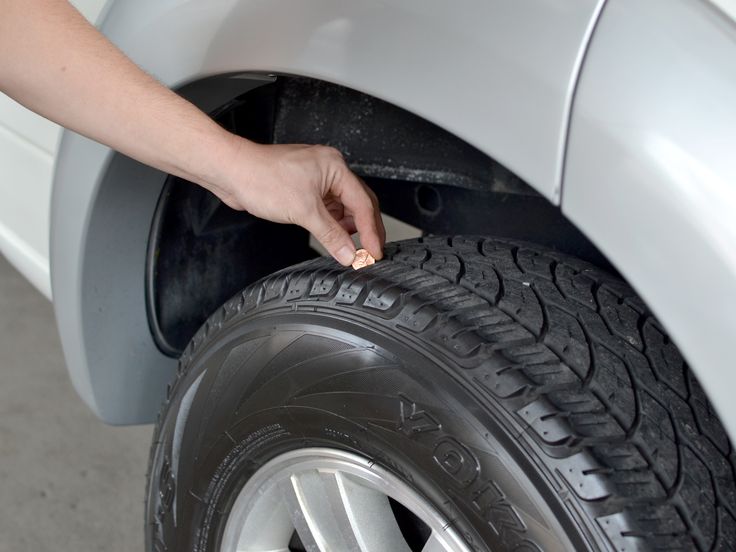 Those who buy such tires for the first time should carefully weigh all the pros and cons, given the driving characteristics of such rubber. And they may not always be at the same high level as rubber without such a function, the rigid sidewall, nevertheless, makes itself felt. You also need to consider where the driver will use the Run Flat tire. nine0003
Those who buy such tires for the first time should carefully weigh all the pros and cons, given the driving characteristics of such rubber. And they may not always be at the same high level as rubber without such a function, the rigid sidewall, nevertheless, makes itself felt. You also need to consider where the driver will use the Run Flat tire. nine0003
Of course, increased mobility is the main advantage. Many warriors like the idea that in the event of a puncture, you can continue to the nearest (or maybe not to the nearest) tire shop. When punctured, these tires continue to maintain controllability. This is ideal for drivers who are unwilling or unable to handle roadside emergencies.
Run Flat rubber also frees up cargo space in the car. The spare wheel is no longer required by the client and the space can be filled with something useful. nine0003
High information about the condition of the wheel. In order for Run Flat tires to function, Tire Pressure Sensor (TPMS) MUST be installed on EVERY wheel of any motor vehicle.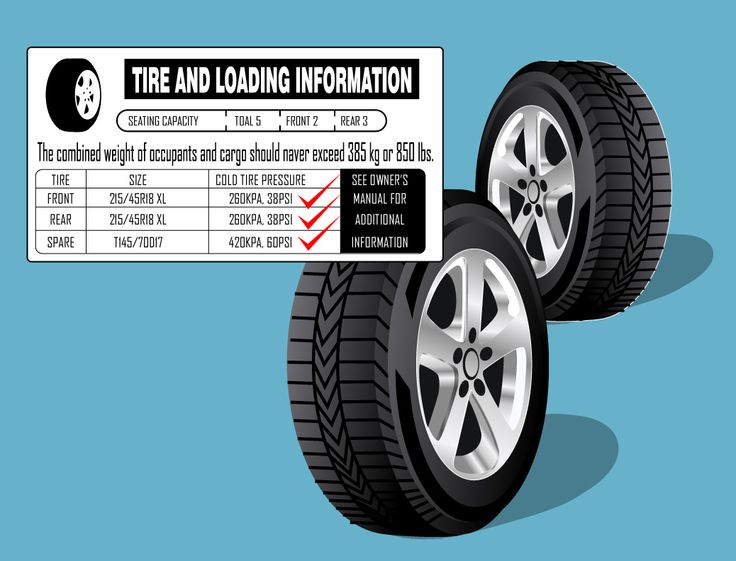 Technically, Run Flat rubber can be used without it, but this is fraught with bad consequences - in the event of a puncture, the driver simply will not know about it, which means he will not slow down and ... at best, he will simply damage his wheel. And TPMS sensors will inform you about an emergency. Moreover, they will generally show the pressure level online. Therefore, if it is lost, the driver will know that it is necessary to pump up the wheel. An obvious advantage, but at an additional cost. nine0003
Technically, Run Flat rubber can be used without it, but this is fraught with bad consequences - in the event of a puncture, the driver simply will not know about it, which means he will not slow down and ... at best, he will simply damage his wheel. And TPMS sensors will inform you about an emergency. Moreover, they will generally show the pressure level online. Therefore, if it is lost, the driver will know that it is necessary to pump up the wheel. An obvious advantage, but at an additional cost. nine0003
Everyone should understand that extended run flat tires have their limitations. As mentioned above, these are speed limits and mileage limits. Meaning when punctured, of course. In an intact state, these tires are limited to the same speed and pressure indexes.
In addition, you need to understand that run flat tires are usually more expensive than regular tires. In this case, the driver will not receive improved running capabilities. He will just get the opportunity to ride without a spare tire in case of a puncture. However, even with a puncture, in some cases, you will have to buy a new tire ... Which is not so easy to find! At the moment, rubber with the Run Flat function is not so easy to buy, due to the relatively low popularity. nine0003
He will just get the opportunity to ride without a spare tire in case of a puncture. However, even with a puncture, in some cases, you will have to buy a new tire ... Which is not so easy to find! At the moment, rubber with the Run Flat function is not so easy to buy, due to the relatively low popularity. nine0003
Another disadvantage is that many tire changers in the event of a puncture will not risk "patch" such a tire. In some circles, this wheel design is a curiosity, although in large and medium-sized cities the situation is improving every year.
Results
Revision of Avtotire Kom in no way dissuades or insists on buying tires with Run Flat functionality. However, when buying any tires, you need to be careful, especially if these are tires with any specifications. And an attentive buyer is the best. nine0003
| What winter tires to buy? Expensive or cheap? To begin with, it is worth knowing the division into classes of car tires.  It is useful to know when to buy expensive premium tires, and when to choose cheaper analogues from the economy segment... It is useful to know when to buy expensive premium tires, and when to choose cheaper analogues from the economy segment... September 06, 2022, 10:06 | |
| Tires for electric vehicles - which ones to choose? Driving an electric car is different from driving a car with an internal combustion engine. This is felt by both the driver and passengers. For tires, another type of drive is also important. Rubber on.. 09 August 2022, 11:58 | |
| Who are low profile tires suitable for? Car wheels are the first thing that comes to mind in the context of visual tuning. Not every car will be better after installing a tailgate spoiler. And big.. April 18, 2022, 15:42 | |
| What are UHP (HP) tires? Best choice for summer High Performance and Ultra High Performance tires are becoming increasingly popular all over the world. 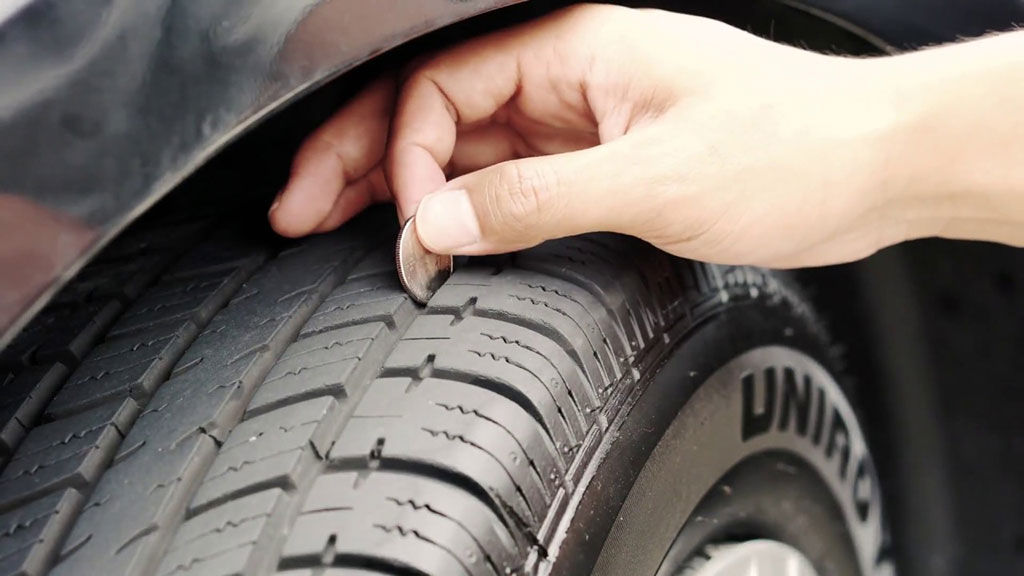 | |